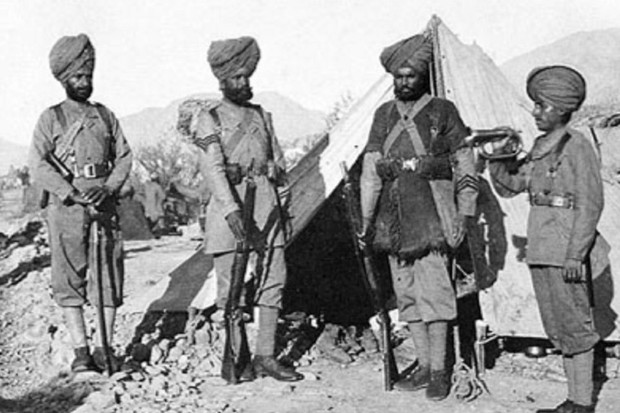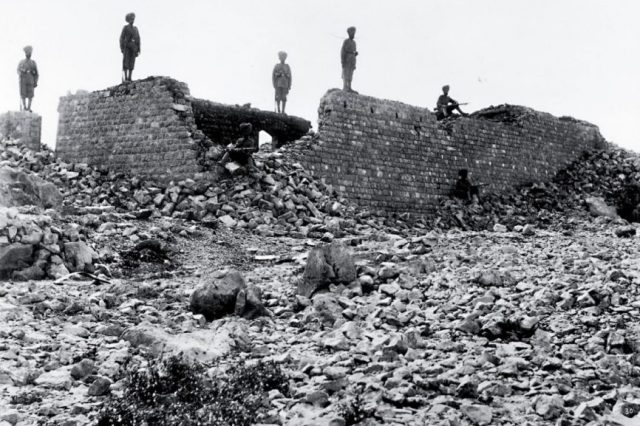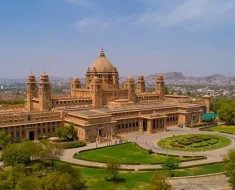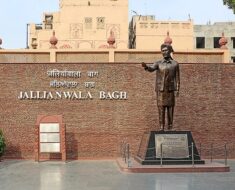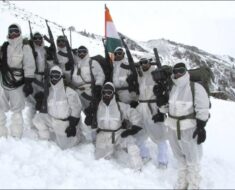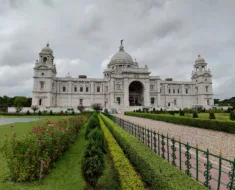The Battle of Saragarhi is considered one of the finest last stands in the military history of the world.
It was fought on 12 September 1897 between Sikh soldiers of the British Indian Army and Pashtun Orakzai tribesmen.
12th September 2022 marked the 125th anniversary of the Battle of Saragarhi.
The British Indian contingent comprised 21 Sikh Soldiers of 36 Sikhs infantry regiment in the British Indian Army.
These 21 brave hearts were attacked by 10000 to 12000 Afghans.
The 36 Sikhs infantry regiment in the British Indian Army is now the 4th battalion of the Sikh Regiment.
Fact #1

The Battle of Saragarhi occurred in the North-West Frontier Province now Khyber Pakhtunkhwa Pakistan. It was fought before the Tirah Campaign. Tirah is a mountainous tract and now it is a federally administered tribal area of Pakistan.
The Sikhs, led by Havildar Ishar Singh, chose to fight to the death, in what is considered by some military historians as one of history’s greatest last-stands.
Fact #2

Saragarhi was a small village in the border district of Kohat, situated on the Samana Range and present-day it is in Pakistan.
Under the command of Colonel J. Cook, the 36th Sikhs of the British Indian Army were created on 20 April 1894. It had only Jat Sikhs. Under Lieutenant Colonel John Haughton five companies of the 36th Sikhs were sent to the northwest frontier of British India in august 1897.
They were stationed at Samana Hills, Kurag, Sangar, Sahtop Dhar and Saragarhi.
Read More: Siachen Glacier – The Highest Battle Ground on Earth
Fact #3
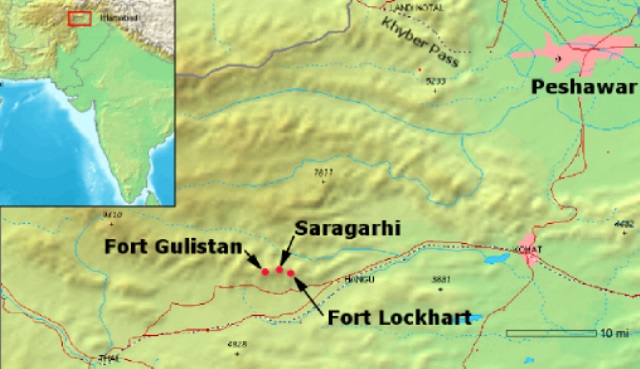
The British were not completely succeeded in controlling this volatile area. The tribal Pashtuns continued to attack British Army from time to time.
Fort Lockhart on the Samana Range of the Hindu Kuch mountains and Fort Gulistan on the Sulaiman Range were situated a few miles apart and not visible to each other.
Saragarhi fort was created midway between Fort Lockhart and Fort Gulistan as a heliographic communication post.
It was the communication tower between Fort Lockhart and Fort Gulistan. The two forts in the North West Frontier Province (NWFP), now in Pakistan.
They were built by Maharaja Ranjit Singh but were renamed by the British.
Saragarhi Fort helped to link up the two important forts which housed a large number of British troops in the rugged terrain of NWFP
A general uprising by the Afghans began there in 1897, and between 27 August and 11 September, many vigorous efforts by Pashtuns to capture the forts were thwarted by the 36th Sikhs.
Read More: Bhikaiji Cama: The First Lady to Hoist India’s Flag on Foreign Soil
Fact #4
Details of the Battle of Saragarhi are considered very accurate as Sepoy Gurmukh Singh signalled events to Fort Lockhart by heliograph as they occurred.
Around 9 am on 12 September 1897 around 10,000 Afghans reach the Saragarhi post and Sepoy Gurmukh Singh signalled to Colonel Haughton at Fort Lockhart that they are under attack.
Colonel Haughton replied that he cannot send immediate help. But the Sikh Soldiers in Saragarhi decided to fight to the last to prevent the enemy from reaching the other forts.
Sepoy Bhagwan Singh was the first soldier to be killed and Naik Lal Singh was seriously wounded. Naik Lal Singh and Sepoy Jiwa Singh carried the body of Bhagwan Singh back to the inner layer of the post.
Fact #5
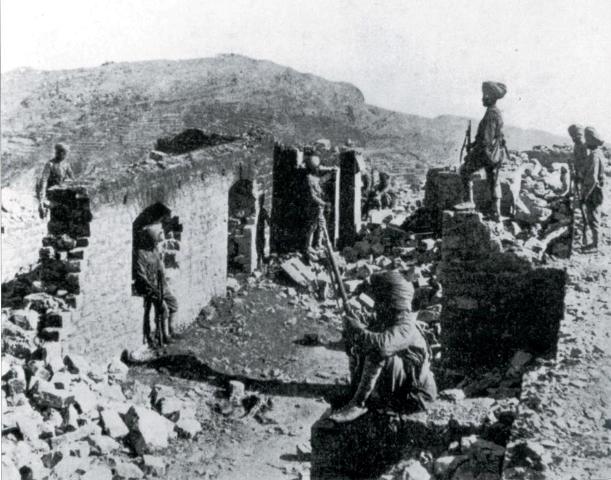
Two attempts were made to rush open the gate of the Saragarhi fort but they failed in their attempts.
Later, Pashtun forces broke a portion of the wall of the picket. Once the wall was breached, the fiercest hand-to-hand fighting occurred between Sikh Soldiers and Pashtun forces.
In an act of outstanding bravery, Havildar Isher Singh ordered his men to fall back to the inner layer and kept on fighting himself from the front. He killed many Pashtuns in a hand-to-hand fight.
Fact #6
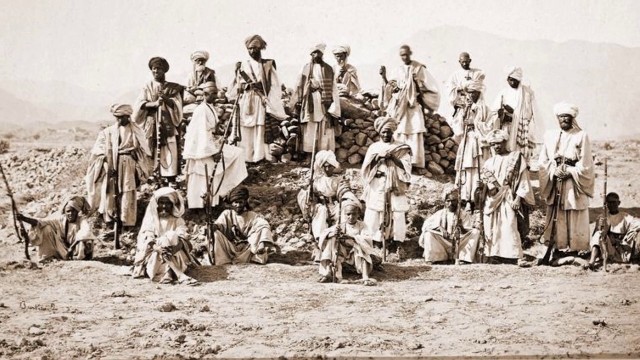
Afghans destroyed the Saragarhi fort and turned their attention to Fort Gulistan but they had been delayed for too long and reinforcements had arrived before they could capture the other forts.
The Afghan forces admitted that they lost around 180 men and many were wounded during their fight with 21 Sikh Soldiers. But when the relief party arrived at the destroyed Saragarhi fort they were said to have seen around 600 bodies.
The Saragarhi Fort was retaken on 14 September by the use of intensive artillery fire.
Fact #7
Sepoy Gurmukh Singh, the youngest of all the soldiers was the last surviving Sikh defender. He communicated the events of the Saragarhi battle to Haughton.
He is stated to have killed 20 Afghans, the Pashtuns had to set fire to the post to kill him.
As he was dying, he was said to have yelled repeatedly the Sikh battle cry “Bole So Nihal, Sat Sri Akal!” (“One will be blessed eternally, who says that God is the ultimate truth!”)
The Sikhs were equipped with the Martini-Henry, a breech-loading rifle weighing about ten pounds.
It could be fitted with a 20-inch bayonet for close-quarter combat. It was the most efficient rifle of the time – robust, accurate and simple to use.
Fact #8

Queen Victoria in British Parliament 1897 was heard saying, “It is no exaggeration to record that the armies which possess the valiant Sikhs cannot face defeat in war 21 vs 10,000. “ To the last man, with the last round
The UK parliament gave all Brave Sikh Soldiers a standing ovation and posthumously awarded them the Indian Order of Merit.
At that time the highest gallantry award that an Indian soldier could receive. The award is equivalent to today’s Param Vir Chakra awarded by the President of India.
Read More: Sarojini Naidu – ‘The Nightingale of India’
Fact #9
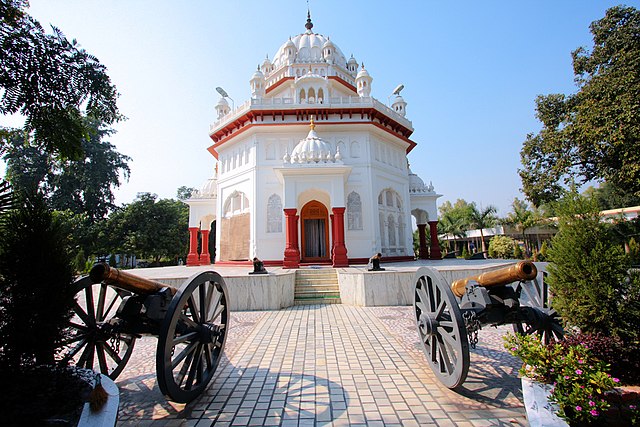
Gurudwara Saragarhi stands in Amritsar marking the brave sacrifices of the 21 Sikhs.
The Gurdwara is located near the Golden Temple. The names of the 21 Sikhs are engraved onto the walls of the temple.
Saragarhi Memorial Gurudwara in Ferozepur today stands as a protected monument and is a tribute to those Sikh soldiers who sacrificed their lives.
The Memorial Gurudwara is surrounded by half-a-dozen small and big cannons with the names of the 21 brave soldiers inscribed on its walls. It was built by the army with stones from the Saragarhi post.
It was declared open in 1904 by Sir Charles Revz.
Read More: Golden Temple, Amritsar – Four Doors To Heaven
Fact #10
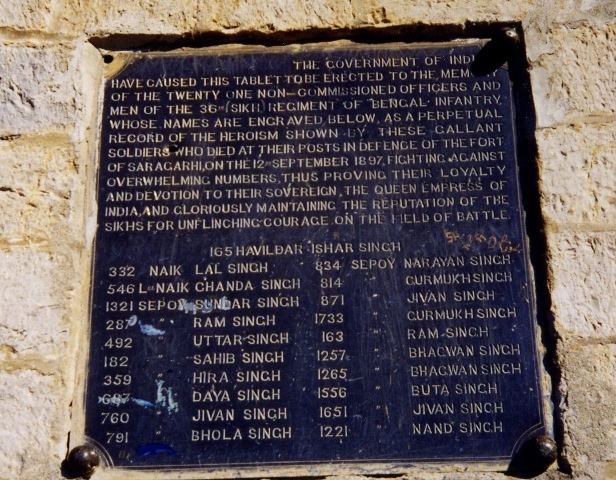
Saragarhi Day is a Sikh military commemoration day celebrated on 12 September every year to commemorate the Battle of Saragarhi.
The Indian Army’s 4th battalion of the Sikh Regiment and civilians commemorate the battle around the world every year on 12 September.
All other units of the Sikh Regiment celebrate it every year as the Regimental Battle Honours Day.
Even today the Khyber Scouts regiment of the Pakistani army mounts a guard and salutes the Saragarhi memorial close to Fort Lockhart.
In 2017, the Punjab government decided to observe Saragarhi Day on 12th September as a holiday.
Battle of Saragarhi – Names of the 21 Brave Heart 36th Sikh Soldiers
Havildar Ishar Singh, Naik Lal Singh, Naik Chanda Singh, Lance Naik Sundar Singh, Lance Naik Ram Singh, Lance Naik Uttar Singh, Lance Naik Sahib Singh, Sepoy Hira Singh, Sepoy Daya Singh, Sepoy Jivan Singh, Sepoy Bhola Singh, Sepoy Narayan Singh, Sepoy Gurmukh Singh, Sepoy Jivan Singh, Sepoy Gurmukh Singh, Sepoy Ram Singh, Sepoy Bhagwan Singh, Sepoy Bhagwan Singh, Sepoy Buta Singh, Sepoy Jivan Singh, Sepoy Nand Singh

